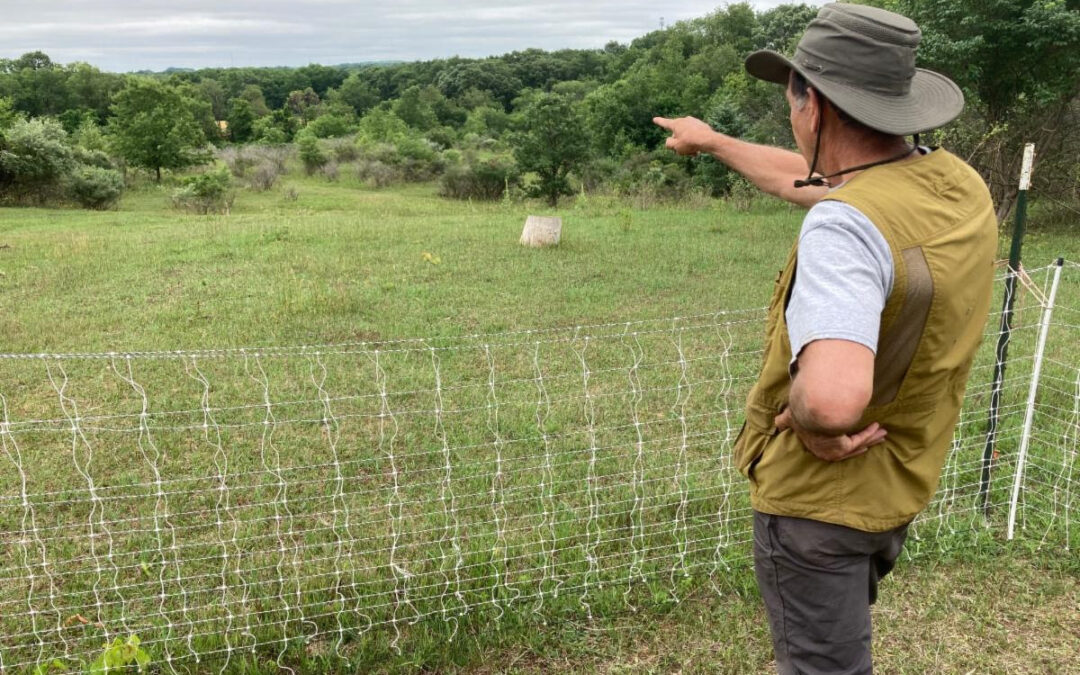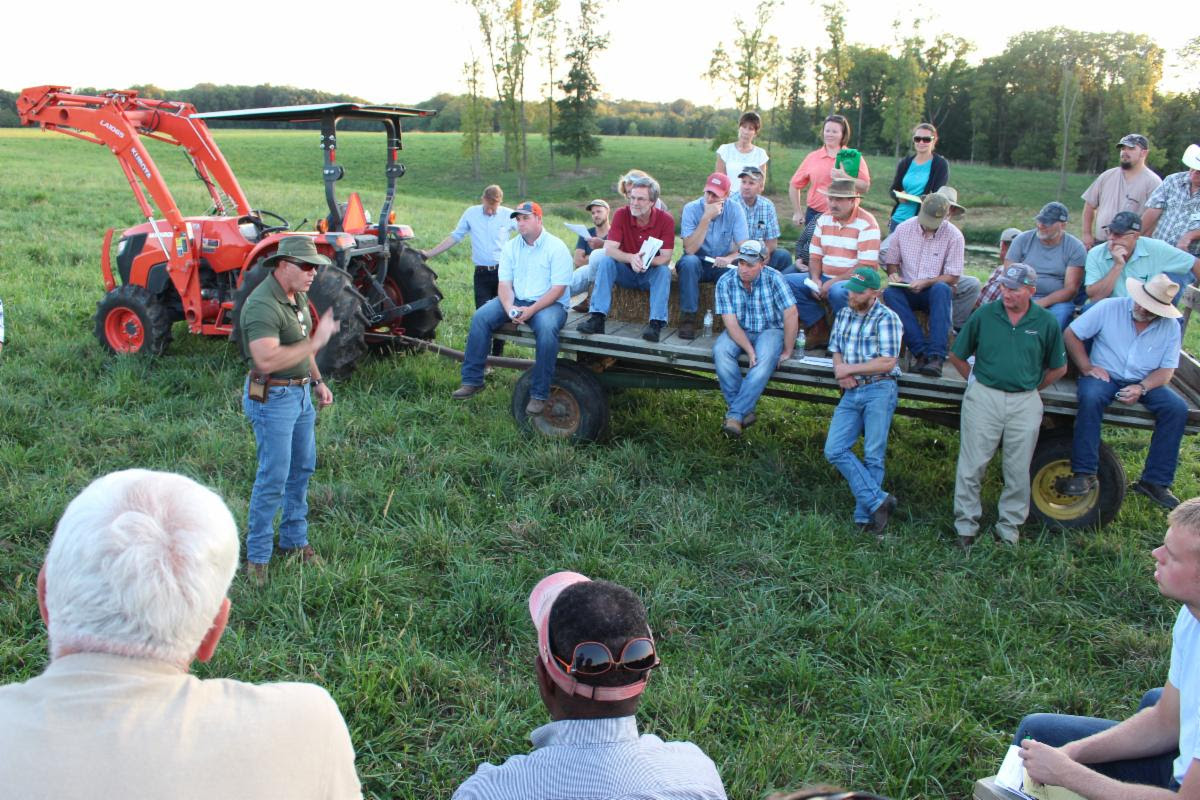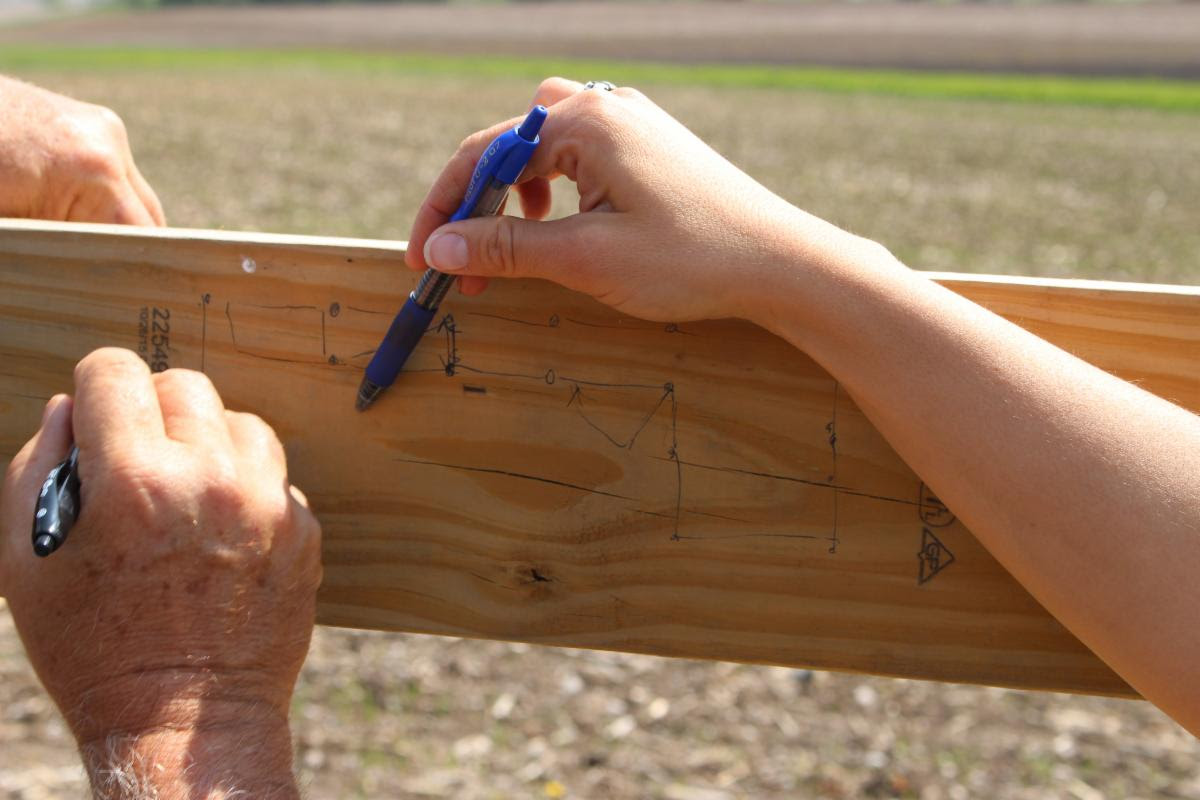After observing and helping farmland owners looking for the right farmers to lease to, we’ve put together a list of tips we hope you’ll find useful. Almost every farmer search involves a number of dead ends. But these ideas will ideally help make your search more successful, more efficient, and less emotionally draining.
Tip #1: Know your farmland
Knowing the practicality of your farmland for a farmer is a key part of knowing what you have to offer a farmer. Is the shape of the tillable area a nice square or is it a complex polygon that makes the use of equipment challenging? What is the soil quality? Does the field flood easily? What is the condition of the infrastructure on your farm? Does housing come with the lease? Is the number of tillable acres you have enough for a self-sufficient farm business or is it a relatively small amount that won’t generate much revenue for the trouble?
The more realistic you can be about your farmland’s attractiveness and suitability to a farmer, the better you will be able to judge what kind of odds you have for attracting farmers to your opportunity and what kind of terms would be fair.
Tip #2: Clarify your goals for your farmland
Before you talk to any farmers or look at profiles on our website, write down your goals for the management of the farmland. By “your goals,” by the way, we mean the goals of all the decision-makers involved. That could be your spouse, siblings you co-own the land with, or your children who you want involved.
The goals can be any combination of ecological, financial, community impact, aesthetic, spiritual, and family legacy factors.
The goals should drive everything else. These goals will enable you communicate clearly and candidly with farmers so they can more easily figure out whether they are a good fit for you. In the end, these goals will help you decide among farmer candidates.
Tip #3: Know what kind of farmer you are looking for
After you’ve written down your farmland goals, write down what you are looking for in the ideal farmer for your land. Your goals should make this stage a little easier. Consider characteristics around: (1) experience and education, (2) financial savviness and resilience, (3) farming values and practices, (4) proximity, (5) character/values, and (6) communication style.
But remember – the ideal farmer might not be available. Reflect on what are the most important characteristics to you.
Tip #4: Be explicit about the arrangement you are offering
It is helpful to be as clear as possible about what kind of arrangement you are offering. Farmers usually understand leasing, purchasing, crop sharing, and employment opportunities. More general and broader terms, like “partnership”, can be harder to understand.
Of course, it is your prerogative to want to explore something alternative and unique with a farmer, but ensure you can define what it is. Is ownership or future right of ownership included in the arrangement? Will you share any of the risk with the farmer or will the farmer bear all of the risk? If you are hoping the farmer will contribute significantly to the improvement of your property and land, are you giving the farmer reward for that? A longer lease? A cheaper lease? How involved do you want to be in the farming decisions? What costs will each partner shoulder? Sketch options out so farmer candidates have some idea of what you are thinking about.
Above all, be honest with yourself – why would the partnership you have in mind be attractive to a farmer in the short-term and the long-term?
Tip #5: Do as much of the filtering as possible before meeting farmers in-person
We recommend following this general approach – use emails and other written communications first, then move to phone calls or virtual calls, and only then move to a personal visit. Personal visits take the most time and are the most involved emotionally. Be efficient with your and the farmer’s time.
Tip #6: When meeting in person, have a plan and make your process clear
It is very helpful to be clear to the farmer visiting your property what your process is for choosing a farmer and how the visit fits into that process. In fact, being clear about that before they visit can make things a little less awkward. Something as simple as this can help – “We’d like to have you visit so we can get to know each other and each other’s farming goals. After the visit, I’ll be talking more with our family and will then get back to you about what we want to do.” This essentially gives the farmer a sense of the “map” of your decision-making process and where they fit into it.
Have a list of questions and topics you want to go over and a list of what you want to show the farmer. Ideally, have a map and other pertinent information you can both refer to during your conversations.
We also strongly urge you to have all of your decision-makers at the visit. If the farmer is going to potentially be interacting with different decision-makers at your farm, everyone should have a sense of each other before any decision is made about a farm arrangement begins.
In general, we recommend having at least two people there when a farmer visits. The other person can be helpful in asking questions you wouldn’t have thought of and getting their own impression of the farmer. Illinois FarmLink staff are happy, by the way, to be part of farm visits and to facilitate good conversations.
Tip #7: Visiting the farmer’s farm is perfectly reasonable.
If the farmer you are seriously considering is already farming other land, it’s worth visiting that farm. The farmer should be open to doing that, especially if you are discussing a long-term arrangement. This will give you a sense of how they operate. If that’s not possible, you could ask to speak with a current landlord of theirs if you are seriously considering them.
Tip #8: If Finding the Right Farmer Will Likely be Hard, Be Patient and Have a Plan B
Consider this hypothetical situation. You’re looking for a cattle grazier and your county has dozens of graziers. You have pretty good odds of finding just the right grazier. You may not have to worry about a Plan B. Finding a grazier may not take too long.
But what about if there isn’t a cattle grazier in 150 miles? Clearly, your odds are going to be much lower. You’ll want to be patient and tenacious in your search month after month, maybe even year after year. In the meantime, you will likely need to think creatively about a Plan B that at the very least moves in you the right direction. Consider your own odds and plan accordingly.
If the odds are low, assume you will need to look and search hard for a long time, especially if a farmer would be unlikely to be able to relocate for your opportunity.
And give some deep thought to your Plan B. That could mean engaging with a farmer who is not a perfect fit but who is willing to try some of what you are looking for (e.g. cover crops) and to keep learning with you. Plan B could also mean choosing a form of farming (e.g. hay) that is a placeholder until you can find the farmer you like.
Tip #9: Tap people and resources that can help you with the process
If you don’t know much about the practical realities of farming, do what you can to learn more. Ask lots of questions. Find out what you don’t know about farming and farmer-landowner relationships. Read. Find local or regional experts. Farmers, when they are not busy with their own farming, can often be remarkably generous with their knowledge and insights.




